Invention, Intellectual Property and Business Models
Inventions are devices, methods, compositions, or processes that are new or unique. An invention process is part of an overall engineering and product development process. It may be an improvement to a machine or product or a new process for creating a result. An invention that achieves a unique function or result may be a extreme breakthrough.
Intellectual property (IP) refers to a brand, invention, design, or other creation with legal rights belonging to a person or business. IP is a business asset that almost all businesses own. Intellectual property rights such as patents, copyrights, and trademarks provide the creator with an exclusive right to use his/her creation for a limited period. Entrepreneurs must understand the three types of intellectual property registration to protect their intellectual property.
Patents confer an exclusive right over an invention on a Patentee for a limited period. When an invention is patentable, the patentee can control how the invention is made, used, sold, or imported without the inventor's consent. In India, a patent can be applied to a novel product or process that involves an inventive step and is capable of industrial application.
Copyrights are granted to creators of literary, dramatic, musical, and artistic works and producers of cinematographs and sound recordings by the law. Brands and names are not protected by copyright or slogans, short phrases, methods, plots, or facts. In addition, copyright does not protect ideas or concepts. Consequently, copyrights are primarily used by writers, artists, designers, dramatists, musicians, architects, producing sound recordings, cinematographic films, and computer software.
In trade, a trademark is a visual sign that one enterprise uses to distinguish its goods or services from the products or services of another enterprise. Trademarks may be written words, names, devices, labels, numerals, or combinations of colors. Trademarks usually protect brand names, business names, slogans, and more.
About Open Source Licenses
Open source licenses are licenses that comply with the Open Source Definition — in brief, they allow software to be freely used, modified, and shared. Ref. Licenses & Standards
Popular Open Source Licenses
MIT license
Apache License 2.0
BSD 3-Clause "New" or "Revised" license
BSD 2-Clause "Simplified" or "FreeBSD" license
GNU General Public License (GPL)
GNU Library or "Lesser" General Public License (LGPL)
Mozilla Public License 2.0
Common Development and Distribution License
Eclipse Public License version 2.0
Ref. Licenses & Standards
MIT License
The MIT License is the most popular open-source license in the world, possibly because it is concise, straightforward, and simple to comprehend. It permits anyone to do anything they like with the original code, so long as the original copyright and licence notice are included in the distributed source code or software. It exempts authors from responsibility and does not explicitly issue a patent.
Apache License
The Apache License Management (AML) mandates the inclusion of license notifications and copyrights on the distributed code and/or as a notice within the software. Different licensing terms are permitted for distributed derivative works, larger projects, and revisions. The source code is not mandatory. Apache licences incorporate a patent grant.
Berkeley Source Distribution (BSD) License
The Berkeley Source Distribution (BSD) License allows the distribution of larger or licensed works without source code and under other license terms. BSD licences have restrictions on reuse and other clauses.
Creative Commons (CC) licenses
Creative Commons (CC) licenses allow free dissemination of copyrighted "works." A CC licence lets others share, utilise, and build upon an author's work. CC gives an author flexibility (they might choose to allow only non-commercial uses of a work) and protects those who use or redistribute an author's work from copyright infringement as long as they follow the licence requirements.
I have decided to have a creative commons license for my project. With this license, any user can share, utilise, remix, and build the wild animal distraction device. And it will reach more users and more development in the device will be possible with this license.
A simplified comparison table and a brief overview of each of the most popular open-source licenses follows: Image Reference.

Plan for dissemination
Wearable Wild Animal Distraction Device © 2022 by Mr. Kiran Wakchaure is licensed under CC BY-NC 4.0

• Share — copy and redistribute the material in any medium or format
• Adapt — remix, transform, and build upon the material
• The licensor cannot revoke these freedoms as long as you follow the license terms.
Under the following terms:
• Attribution — You must give appropriate credit, provide a link to the license, and indicate
if changes were made. You may do so in any reasonable manner, but not in any way that suggests the
licensor endorses you or your use.
• NonCommercial — You may not use the material for commercial purposes.
• No additional restrictions — You may not apply legal terms or technological measures that
legally restrict others from doing anything the license permits.
I have created creative commons license for my Project. I have used https://chooser-beta.creativecommons.org/ creative commons website. A Following procedure was followed to create creative commons license.

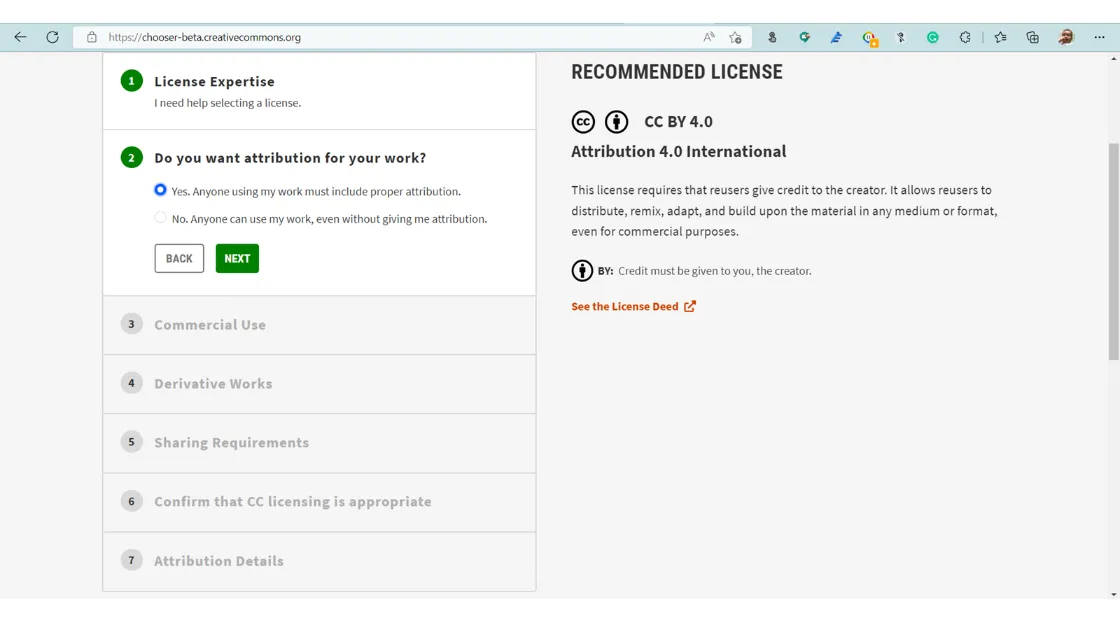


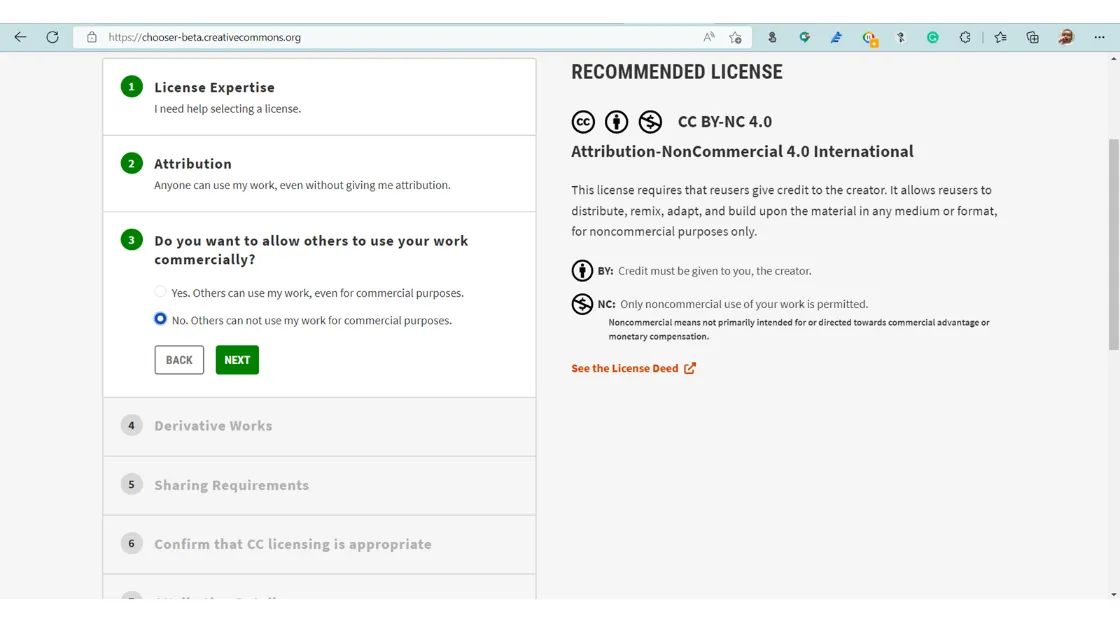
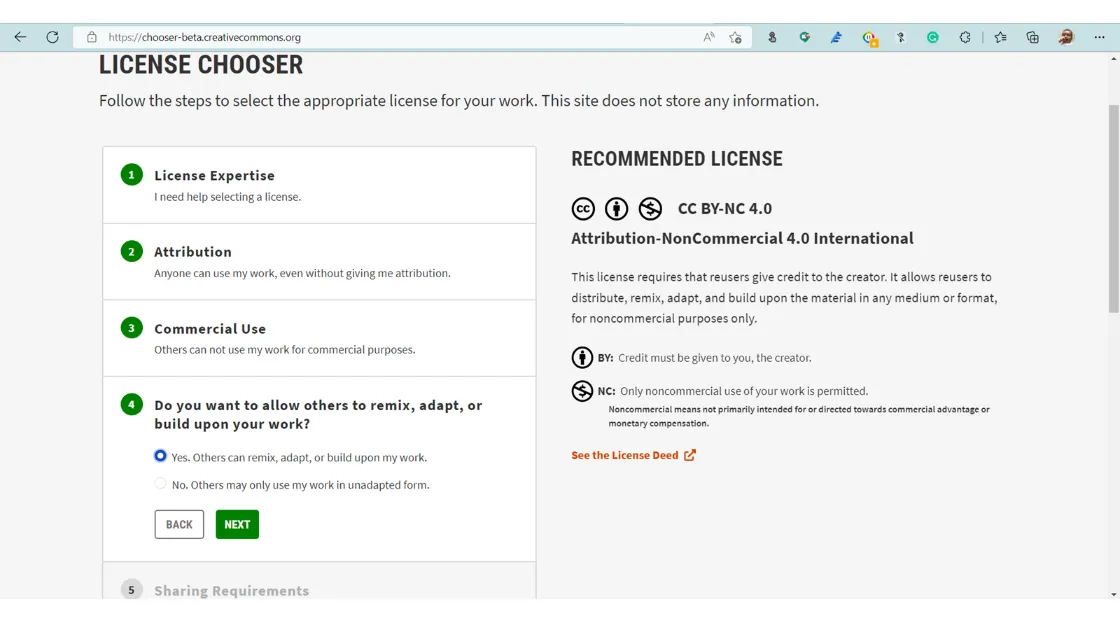
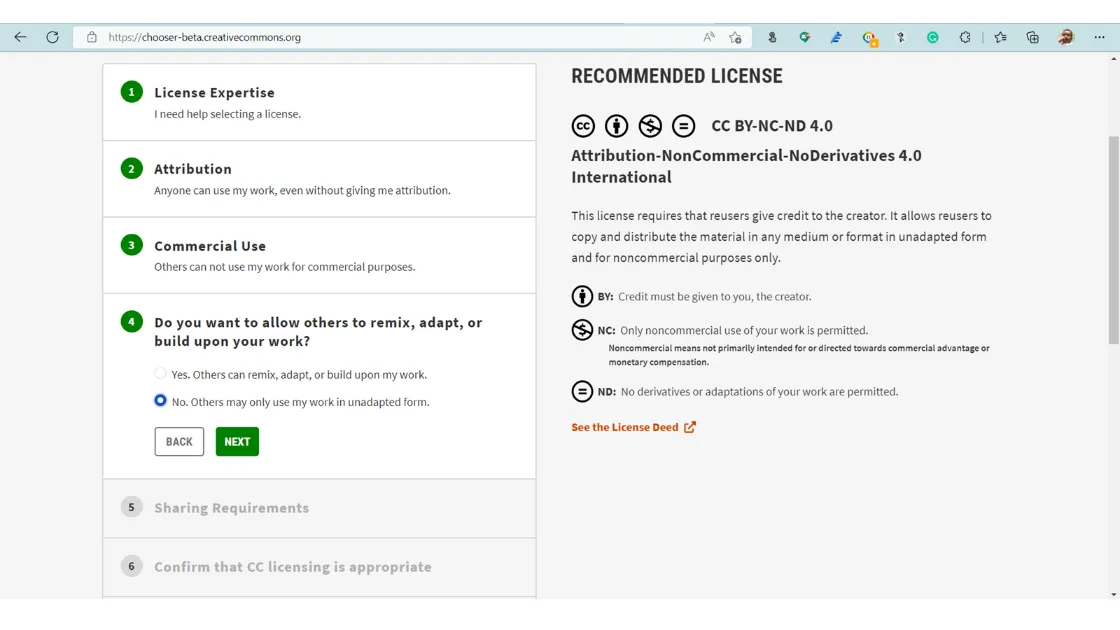

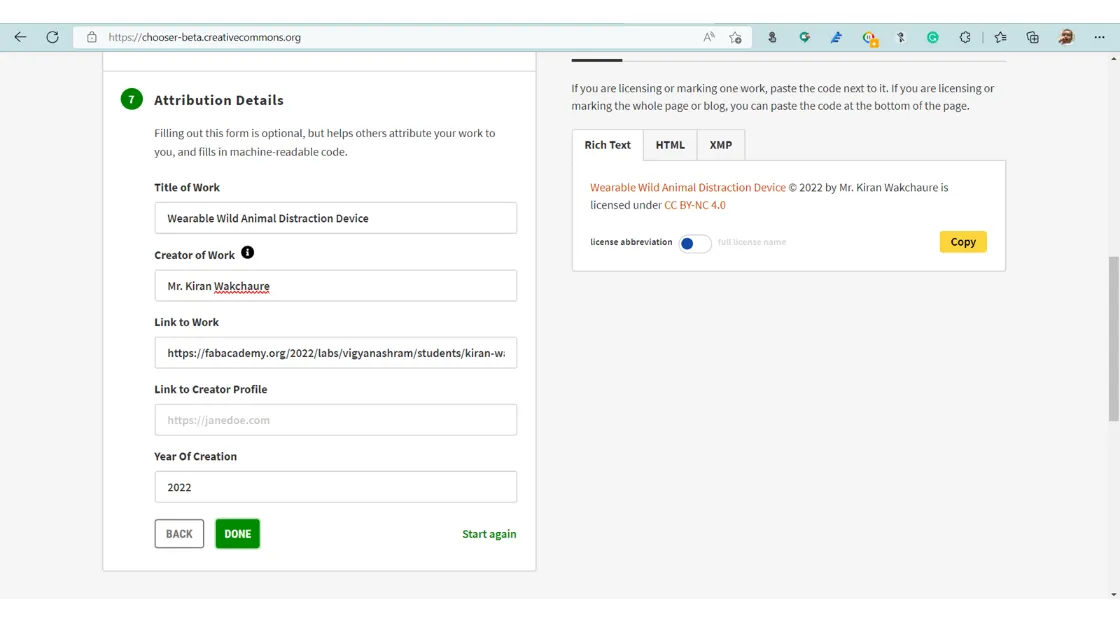
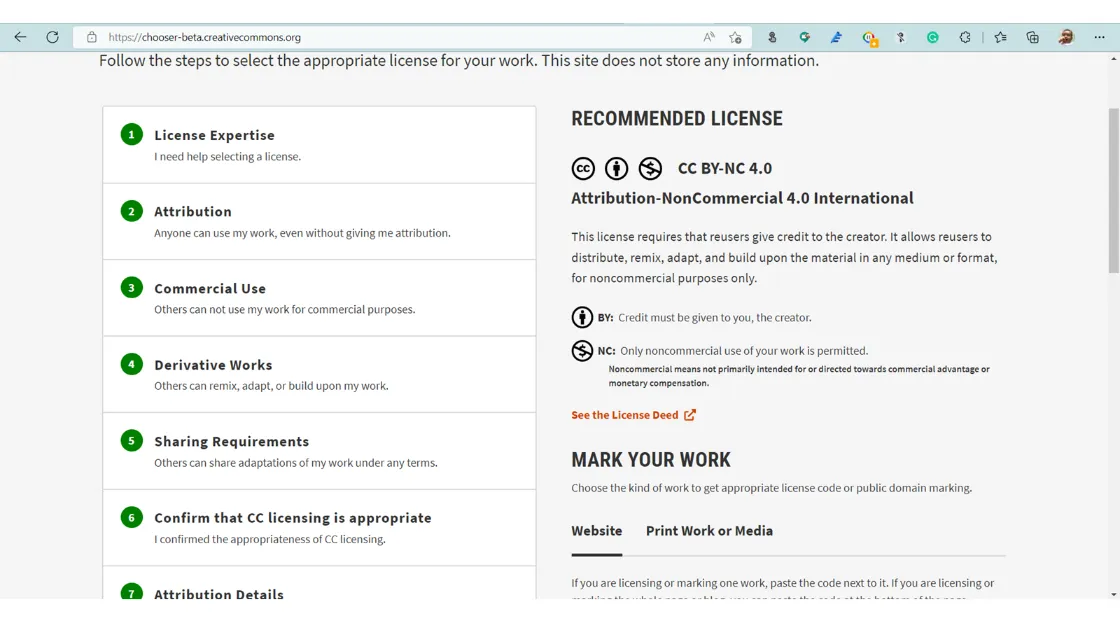
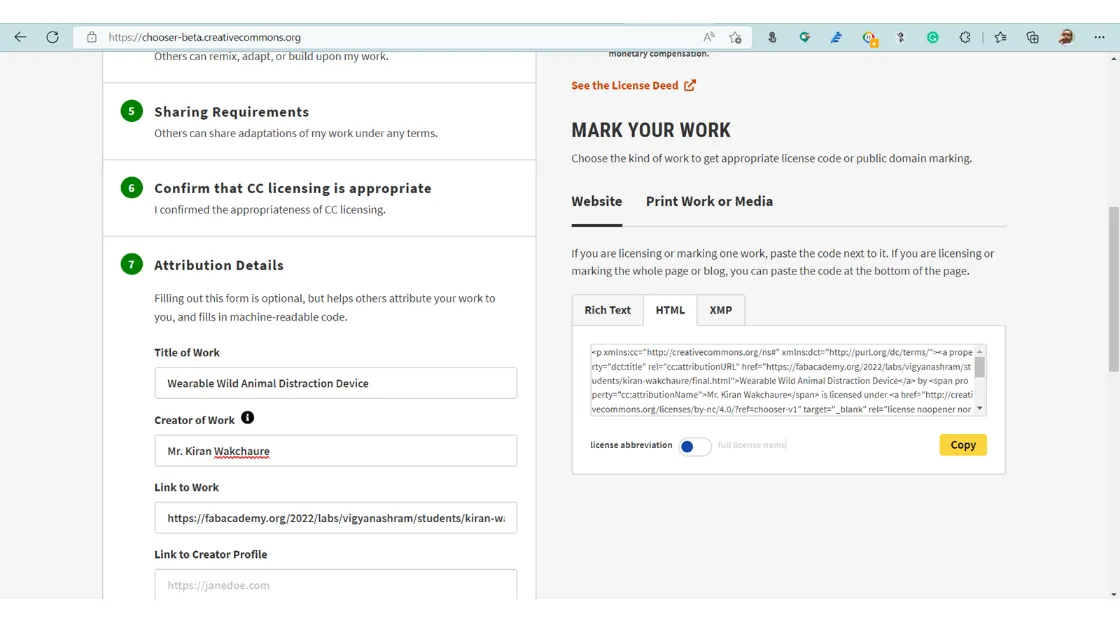
Wearable Wild Animal Distraction Device © 2022 by Mr. Kiran Wakchaure is licensed under CC BY-NC 4.0

Business Model
A wearable Wild animal distraction device is developed to solve the real
issue faced by the Farmers/people in rural areas due to wondering wild animals in the nearby areas.
Product code, Controller, and Design are all open-source. Any user can develop it for personal use
without making commercialization of it.
Some sensor and weight issues need to be resolved. Otherwise, this is the first of its kind device
for wild animal distraction.
I am an assistant professor at the Sanjivani College of Engineering, Koparaon. All India Council for
Technical Education (A Governing body for Technical Education) has different schemes for the
Incubation of Product Ideas. I want to apply for it and commercialize this product with my students.
So that students will learn and get the benefit of it.
Also, I want to make a future version of this device that consists of a GPS GSM module to send
the Live location to the user through messaging.
This device will also be helpful for the Forest officers patrolling the farm for their safety. So I
can put this idea to the forest ministry to sell this product.
I will develop this product with some funds in our fab lab with the help of my students and sell
it with no profit or loss to the farmers in the rural area.
Presentation Slide:
The full image can be seen here
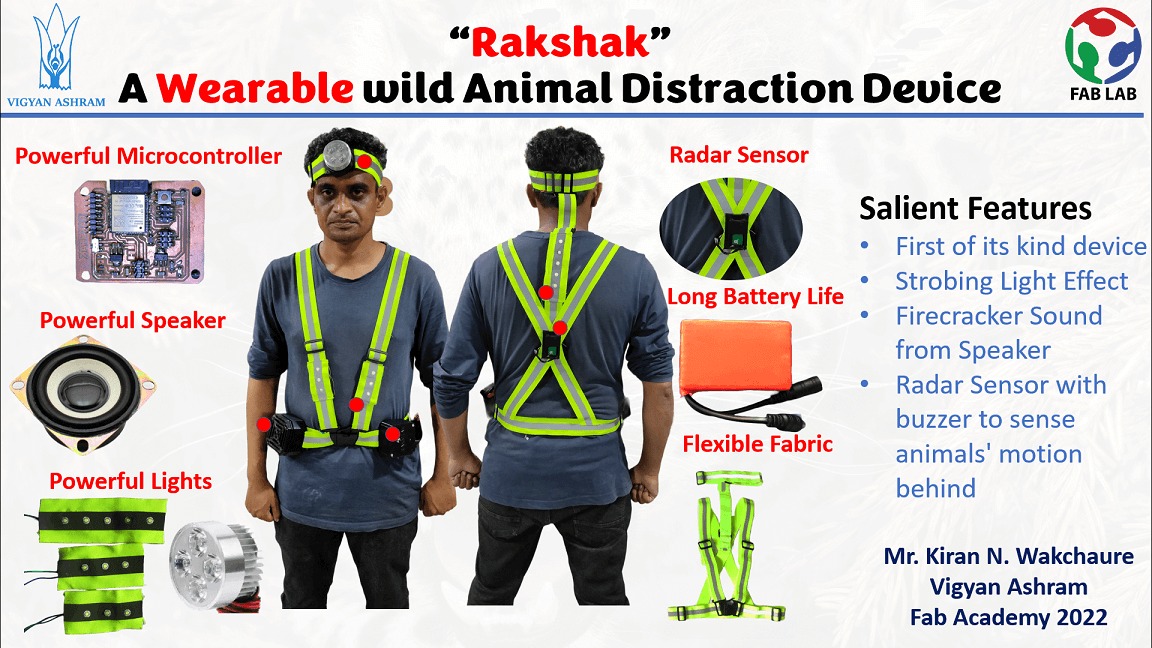
Presentation Video:
The full video can be seen here
References
Open Source Licenses: Types and
Comparison
Licenses & Standards

